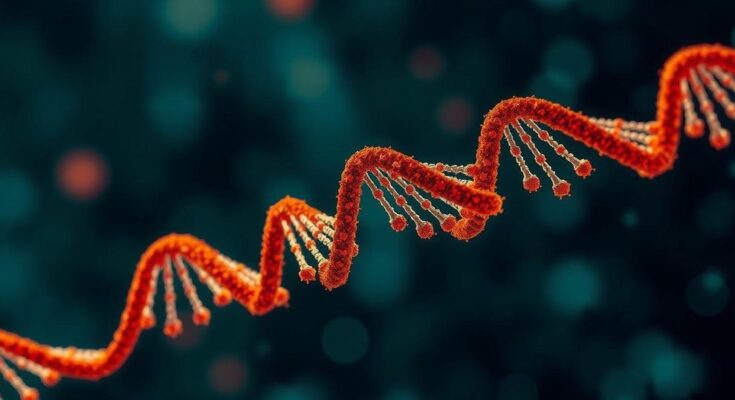Skin cancer is a major health issue in the U.S., with nearly 10,000 daily diagnoses attributed to both genetic factors and UV exposure. There are three primary types: BCC, SCC, and melanoma, with several genes linked to the disease’s increased risk. Understanding family history, combined with regular skin checks and protective measures, is key to prevention.
Skin cancer is one of the most prevalent cancers in the U.S., with around 9,500 new diagnoses each day. While significant exposure to ultraviolet radiation from sun and tanning beds is a primary risk factor, an individual’s genetic makeup is crucial in determining their susceptibility to the disease. Understanding these genetic influences can aid in prevention and early detection efforts. There are three major types of skin cancer: Basal cell carcinoma (BCC), which is the most common and typically surfaces in sun-exposed skin; Squamous cell carcinoma (SCC), affecting the outer skin layer and also linked to sun exposure; and Melanoma, the deadliest form characterized by its ability to spread rapidly throughout the body. Several genes have been recognized as contributors to skin cancer risk. For instance, mutations in the CDKN2A gene can disrupt normal cell cycle regulation, increasing melanoma risks. The MC1R gene affects pigmentation, with variants leading to reduced UV protection. Similarly, BRAF mutations are implicated in a significant portion of melanoma cases, affecting cell growth. The TP53 gene, often termed the “guardian of the genome,” helps repair damaged DNA. When mutated, it raises the likelihood of developing melanoma, BCC, and SCC. Furthermore, PTCH1 regulates skin cell growth; its mutations can lead to Gorlin Syndrome, a condition predisposing individuals to numerous BCCs. A familial background of skin cancer elevates an individual’s risk, hinting at the possible presence of inherited genetic mutations. Genetic testing can clarify these risks, enabling proactive steps like heightened monitoring and UV exposure reduction. Awareness of one’s family history can thus be a powerful tool in skin cancer prevention. Other traits influencing skin cancer risk include having fair skin, red or blonde hair, and light eyes, which lower natural UV protection. Freckles and a history of blistering sunburns, particularly during childhood, are also significant risk indicators. For those with a genetic predisposition or a family history of skin cancer, extra caution is vital. Regular skin examinations and dermatologist visits are key. Using broad-spectrum sunscreen with at least SPF 30, protective clothing, and avoiding tanning beds can reduce risks. Seeking shade during intense sunlight hours is also crucial. Dr. April Larson emphasizes the dual role of UV exposure and genetics in skin cancer susceptibility: “While UV exposure is a major risk factor for skin cancer, we cannot overlook the role that genetics play in determining individual susceptibility. Understanding which genes increase risk for skin cancer is helping to create more personalized treatments tailored to the patient’s specific disease, which we call precision medicine.” By maintaining vigilant sun protection, undergoing regular skin checks, and adopting a healthy lifestyle, individuals with genetic predispositions can minimize their chances of skin cancer. Consulting healthcare professionals regarding genetic testing and preventive strategies can greatly aid in this protective journey.
Skin cancer’s rise in prevalence has sparked concern, with daily diagnosis rates soaring in the U.S. The interplay of genetics and environmental exposures, particularly UV radiation, is significant in understanding what makes certain individuals more susceptible. Knowledge of these aspects underlines the importance of preventive health measures and early detection, thereby illuminating the path towards personalized treatment and deeper health awareness.
The undeniable link between genetics and skin cancer risk highlights the necessity for awareness and proactive strategies. With a family history or genetic predispositions, performing regular self-examinations, utilizing effective sun protection, and engaging with healthcare professionals for guidance is essential. The journey towards effectively mitigating skin cancer risk is grounded in informed choices and vigilant health practices.
Original Source: www.heraldextra.com



